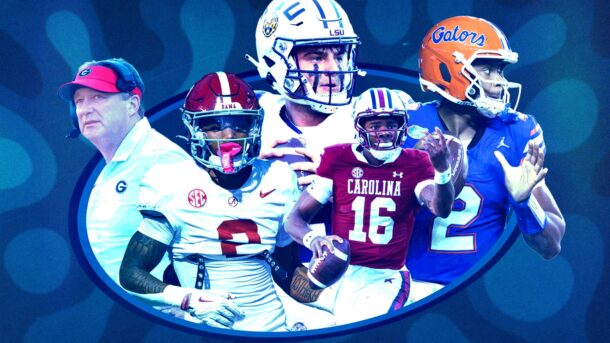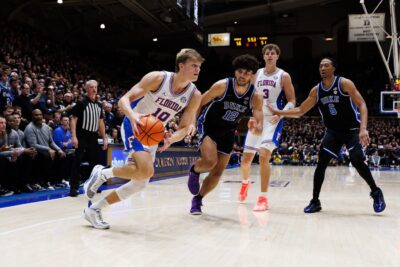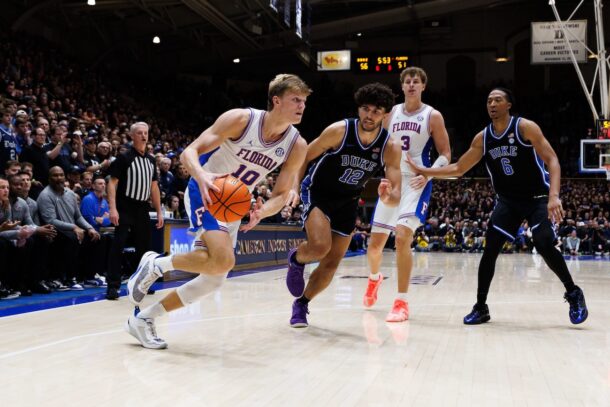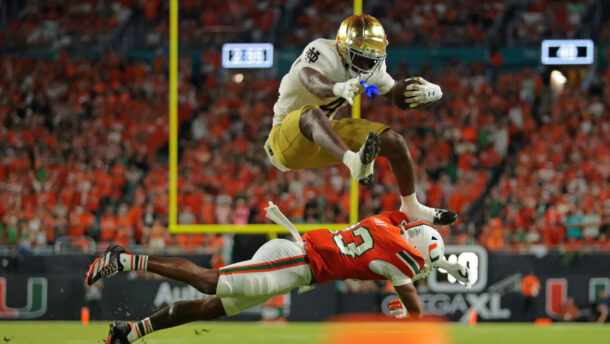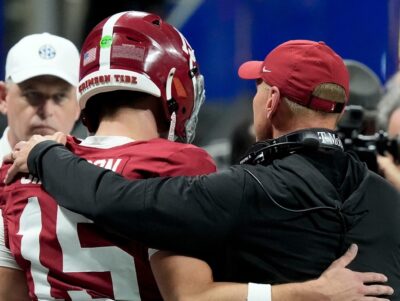The SEC lays claim to some of the largest, most passionate fan bases in all of college football, and it’s fans like these who turn Saturdays in autumn from a weekend into a full-fledged holiday.
But which SEC fan bases have the hardest time getting their hands on game day tickets each season? Let’s try and answer that question two different ways.
First, let’s examine the capacities of all 14 SEC stadiums to see which teams can hold the most fans at their home games. After all, the more seats in a stadium, the more likely it is you can find a ticket.
Here’s a ranking of all 14 SEC stadiums from largest to smallest in terms of capacity (as of the 2014 season, numbers courtesy of the NCAA):
| School | Stadium | Capacity |
|---|---|---|
| 1. Texas A&M | Kyle Field | 106,300 |
| 2. Tennessee | Neyland Stadium | 102,455 |
| 3. LSU | Tiger Stadium | 102,321 |
| 4. Alabama | Bryant-Denny Stadium | 101,821 |
| 5. Georgia | Sanford Stadium | 92,746 |
| 6. Florida | Ben Hill Griffin Stadium | 88,548 |
| 7. Auburn | Jordan-Hare Stadium | 87,471 |
| 8. South Carolina | Williams-Brice Stadium | 80,250 |
| 9. Arkansas | D.W.R. Razorback Stadium | 72,000 |
| 10. Missouri | Faurot Field | 68,349 |
| 11. Kentucky | Commonwealth Stadium | 67,606 |
| 12. Mississippi State | Davis Wade Stadium | 61,337 |
| 13. Ole Miss | Vaught-Hemingway Stadium | 60,580 |
| 14. Vanderbilt | Vanderbilt Stadium | 40,350 |
As you can see, most SEC stadiums rank among the biggest in the nation, allowing SEC fans a greater opportunity to find tickets on Saturdays than fans of any other conference in the land.
Eight stadiums, more than half the stadiums throughout the conference, boast a capacity of at least 80,000. Those eight stadiums all rank among the 20 largest in all of college football. Needless to say, the SEC doesn’t just win the cumulative attendance battle against the other conferences, it does so with ease.
But how often does the SEC fill its mammoth stadiums? The more frequently a stadium reaches capacity, the more likely it is there are fans stuck outside who failed to find tickets.
Let’s take a look at the average attendance numbers for all 14 SEC schools from last season, and see how close on average each school comes to selling out its stadium on a weekly basis (once again numbers courtesy of the NCAA):
| School | Stadium | Avg, Attendance | % Capacity |
|---|---|---|---|
| 1. Ole Miss | Vaught-Hemingway Stadium | 61,547 | 101.6% |
| 2. South Carolina | Williams-Brice Stadium | 81,381 | 101.4% |
| 3. Georgia | Sanford Stadium | 92,746 | 100.0% |
| 4. Auburn | Jordan-Hare Stadium | 87,451 | 100.0% |
| 5. Alabama | Bryant-Denny Stadium | 101,534 | 99.7% |
| 6. Mississippi State | Davis Wade Stadium | 61,127 | 99.7% |
| 7. LSU | Tiger Stadium | 101,724 | 99.4% |
| 8. Texas A&M | Kyle Field | 105,123 | 98.9% |
| 9. Tennessee | Neyland Stadium | 99,754 | 97.4% |
| 10. Florida | Ben Hill Griffin Stadium | 85,834 | 96.9% |
| 11. Missouri | Faurot Field | 65,285 | 95.5% |
| 12. Arkansas | D.W.R. Razorback Stadium | 66,521 | 92.4% |
| 13. Kentucky | Commonwealth Stadium | 57,572 | 85.2% |
| 14. Vanderbilt | Vanderbilt Stadium | 34.258 | 84.9% |
Clearly there’s no correlation between stadium size and average percent capacity on a given Saturday. Ole Miss boasts the second-smallest stadium in the SEC, yet that doesn’t represent its large, proud fan base. The Rebels exceed capacity at home games on a regular basis, which helps inspire Ole Miss to upsets like its magical home win over then-No. 1 Alabama a year ago.
However, Nos. 2-5 all boast stadiums with capacities ranked in the top 20 in the nation. Still the large, expansive nature of the stadiums at South Carolina, Georgia, Auburn and Alabama can’t hold the masses wishing to watch those teams play on Saturdays in autumn. All four reach at least 99 percent capacity on a regular basis, and all but Alabama regularly post sellouts or exceed capacity on average.
For what it’s worth, both Auburn and Georgia sold out all seven of their respective home games in 2014.
Meanwhile, the teams with the easiest tickets to come by — Kentucky and Vanderbilt — likely find themselves in those situations because of a lack of success on the field, not because of a lack of committed supporters. The two teams combined to win just 8 games last season, a total seven different SEC teams either matched or exceeded on their own last fall.
Nevertheless, 11 of the SEC’s 14 teams reach at least 95 percent capacity on average, indicating that if you support a winning program in the SEC, there is no such thing as an easy ticket to come by.
A former newspaper reporter who has roamed the southeastern United States for years covering football and eating way too many barbecue ribs, if there is such a thing.
